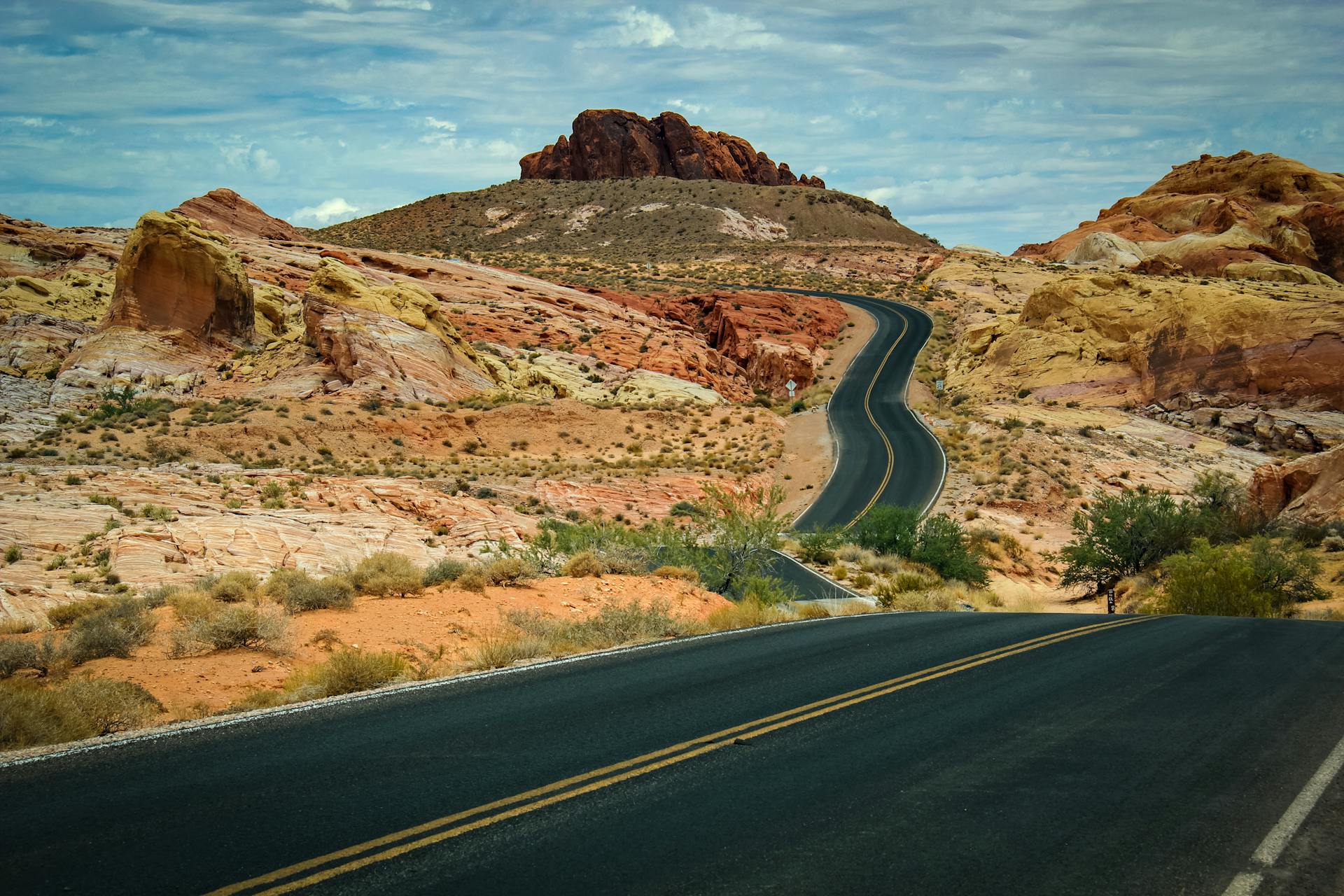Essential Tips for First-Time RVers in Utah
Embarking on your first RV adventure can be both exciting and daunting, especially in a state as diverse and scenic as Utah. With its vast landscapes, varying weather conditions, and myriad of attractions, proper planning and preparation are key to ensuring a smooth and enjoyable trip. This article provides essential tips for first-time RVers in Utah, covering everything from choosing the right RV to navigating the state's unique terrain.
Choosing the Right RV
Size and Type: When selecting an RV, consider the size and type that best suits your needs. Smaller Class B or C motorhomes are easier to maneuver and park, making them ideal for first-time RVers. If you have a larger group or need more amenities, a Class A motorhome or a travel trailer might be a better fit.
Rent vs. Buy: If you’re new to RVing, renting an RV is a great way to get started without a long-term commitment. Rental companies often provide well-maintained vehicles and support, making it easier for beginners.
Features: Look for an RV with essential features such as a comfortable sleeping area, a functional kitchen, and adequate storage. Consider additional amenities like a bathroom with a shower, air conditioning, and heating for added comfort.
Planning Your Route
Research Destinations: Utah is home to five national parks, numerous state parks, and countless natural attractions. Research the destinations you want to visit and plan your route accordingly. Consider the distance between locations and allocate enough time to fully enjoy each stop.
Road Conditions: Utah’s terrain varies from flat desert roads to steep mountain passes. Check road conditions and weather forecasts before you set out. Some roads, especially those leading to higher elevations, may be closed during winter or require chains.
Rest Stops and Fuel Stations: Plan your route with rest stops and fuel stations in mind. Some areas of Utah, particularly in the more remote regions, have limited services. Keeping your fuel tank topped up and knowing where you can take breaks will help prevent any unwanted surprises.
Understanding Local Road Conditions and Weather
Weather Variability: Utah’s weather can be unpredictable, with significant temperature fluctuations between day and night. In summer, desert areas can be extremely hot, while mountainous regions may remain cool. In winter, snow and ice can make travel challenging.
Altitude: Higher elevations can affect both your vehicle’s performance and your body. Be prepared for steep climbs and descents, and consider the impact of altitude on your energy levels and hydration.
Driving Tips: Take it slow on winding mountain roads and be cautious of wildlife, particularly at dawn and dusk. Use lower gears when descending steep grades to avoid overheating your brakes.
Finding the Best RV Parks and Campgrounds
National and State Parks: Utah’s national and state parks offer some of the best RV camping experiences. Campgrounds in these parks often provide stunning views and easy access to hiking trails and other activities. However, they can fill up quickly, so make reservations well in advance.
Private RV Parks: For those seeking more amenities, private RV parks are a great option. They typically offer full hookups, laundry facilities, and sometimes even pools or recreational rooms. Websites like Good Sam or Campendium can help you find and review private parks.
Boondocking: If you’re looking for a more adventurous and budget-friendly option, consider boondocking (dry camping) on public lands managed by the Bureau of Land Management (BLM). These areas usually don’t have facilities, so you’ll need to be self-sufficient.
Staying Safe on the Road
Emergency Kit: Always have an emergency kit in your RV. This should include a first-aid kit, basic tools, a flashlight, extra batteries, non-perishable food, water, and blankets. A roadside assistance membership, like AAA or a service specific to RVs, can also be invaluable.
Stay Connected: Cell service can be spotty in remote areas of Utah. Consider bringing a mobile hotspot or a satellite communication device to stay connected. Inform someone of your travel plans and check in regularly.
Wildlife Awareness: Utah is home to a variety of wildlife, including deer, elk, and bears. Be mindful of your surroundings, especially when driving at night or camping in remote areas. Secure your food and trash to avoid attracting animals.
Preparing for the Unexpected
Mechanical Issues: Familiarize yourself with basic RV maintenance and troubleshooting. Know how to check your tire pressure, oil levels, and battery. Carry spare fuses, a tire repair kit, and extra motor oil.
Weather Changes: Be prepared for sudden weather changes. Keep an eye on weather forecasts and have a plan in place for severe conditions, such as seeking shelter during thunderstorms or heavy snowfall.
Health and Safety: Make sure you have a well-stocked first-aid kit and know the location of the nearest medical facilities along your route. If you’re traveling with pets, ensure you have their necessary supplies and information on nearby veterinarians.
With its diverse landscapes and countless attractions, Utah is a fantastic destination for first-time RVers. By choosing the right RV, planning your route carefully, understanding local conditions, and staying prepared for the unexpected, you can ensure a safe and enjoyable adventure. Embrace the freedom of the open road, and get ready to create unforgettable memories exploring Utah’s natural wonders.




